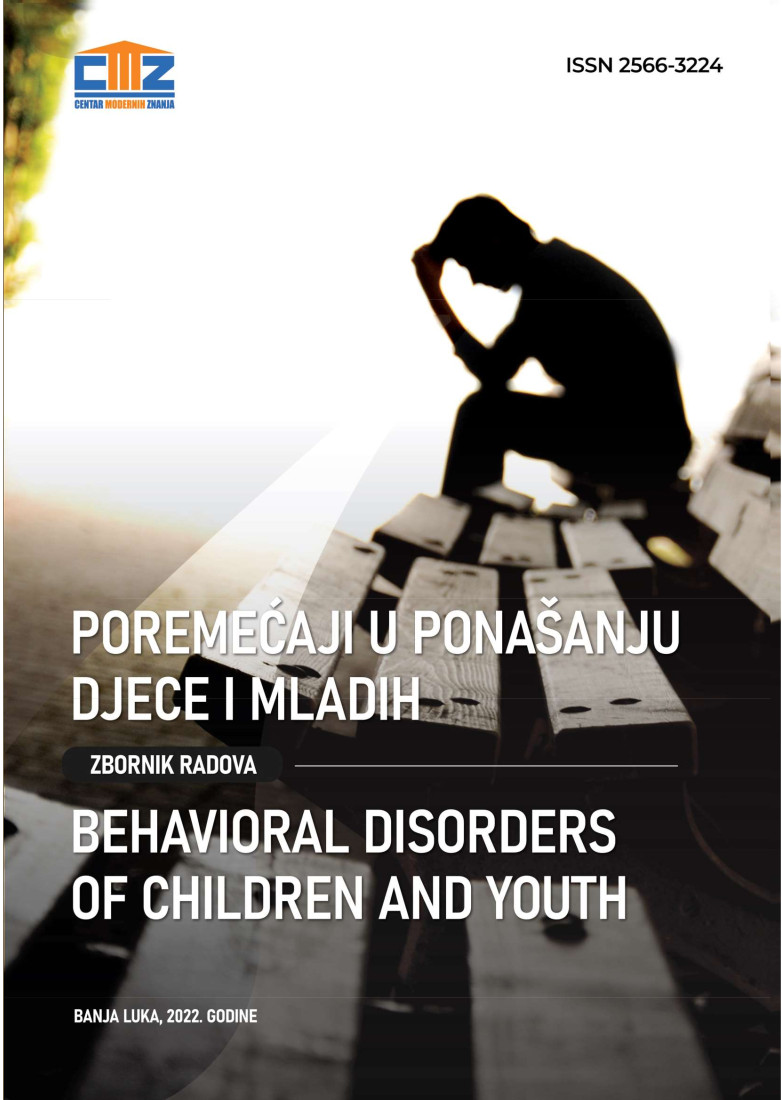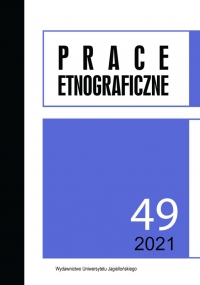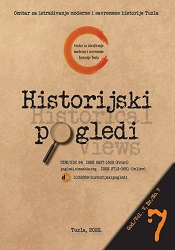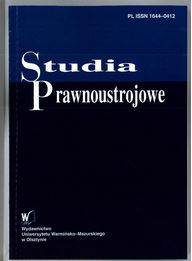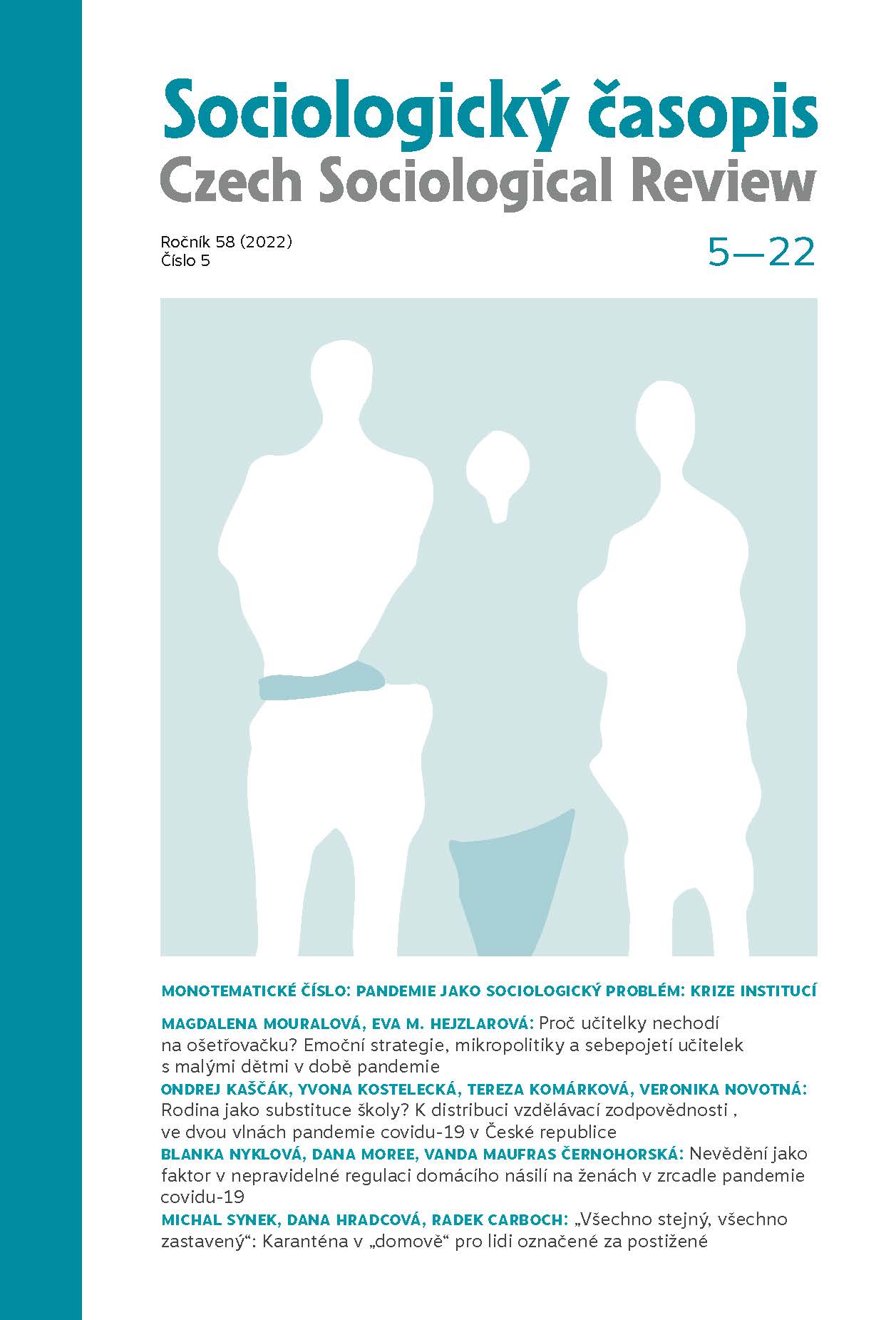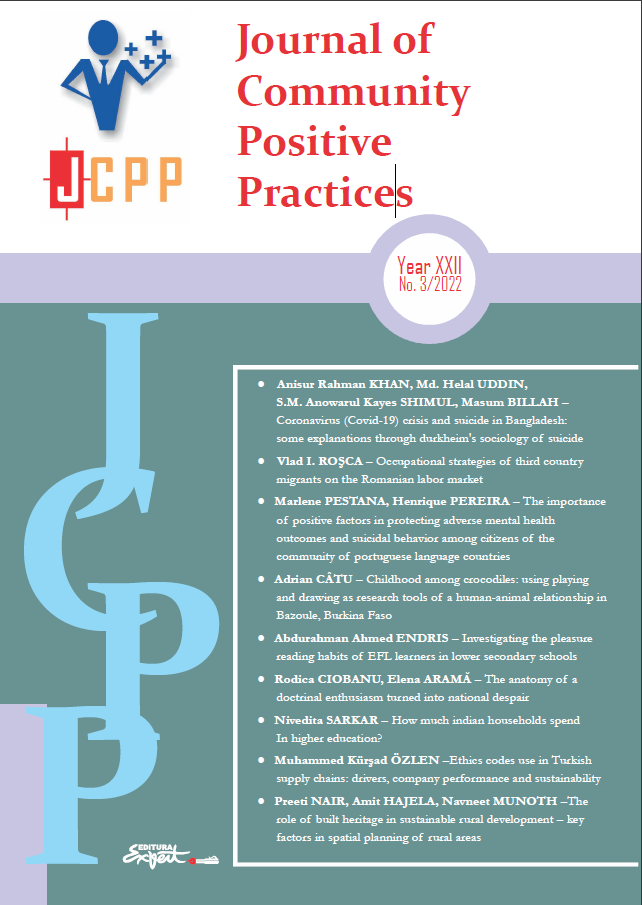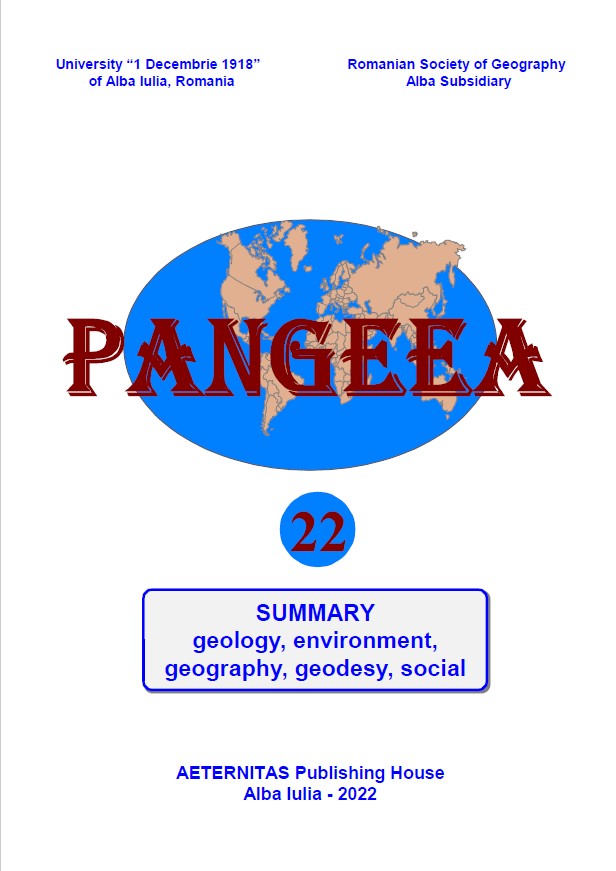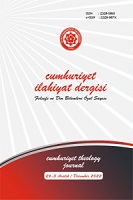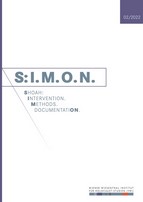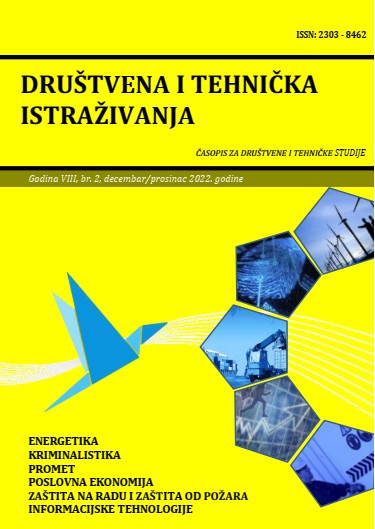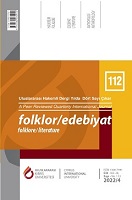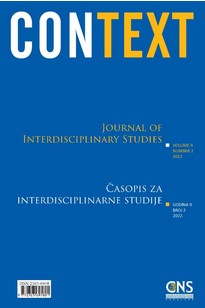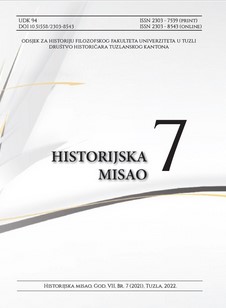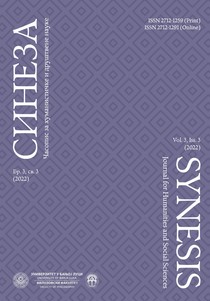Author(s): Milena Mihaljević / Language(s): Serbian
Issue: 3/2022
Since propaganda is defined as an effort to manipulate other people’s beliefs and behavior, it is clear that the use of propaganda methods was practically inevitable during the war. On the basis of accessible archive materials and relevant literature, this paper analyzes examples of the use of black and white propaganda in the cases of two incidents that happened on April 12, 1993, in Srebrenica. The methods of the mentioned propaganda types, based on the veracity of the information on the one hand, and manipulations on the other, may have a long-term impact on historical memory and historiography. The first example is related to the event in which 11 police officers, members of the Ministry of the Interior of the Republic of Srpska, were killed on April 12, 1993. This event is used to show the cruelty of the enemy soldiers. Without a doubt, it was presented to the public by the white method of propaganda because the newspaper article related to the event did not tend to exaggerate the factual situation. Because of that, as well as because of some obvious shortcomings of the propaganda activities during the state of war, this event was neither covered much by the domestic and foreign press nor mentioned in the reports of the United Nations. On the other hand, a deep mark of black propaganda methods can be seen when it comes to an event related to shelling a school playground in the urban part of the municipality of Srebrenica. Regarding this event that took place on April 12, 1993, we came across the official reports of the United Nations, which, intentionally or unintentionally, served as a platform for reporting on the number of victims in the foreign media (Independent, The Times, El Pais, The New York Times, The Washington Post). By analyzing those reports and newspaper articles, we came across certain inconsistencies about the number of victims on the playground itself. The so-called Army of the Republic of Bosnia and Herzegovina’s reports, which were made immediately after the aforementioned newspaper reports were released, and in which the information regarding the number of victims was modified to correspond to the information that had already been presented to the general public, testify that, in the case at hand, conventional methods of black propaganda were used. Attention was also paid to the results of the long-term propaganda activity, so concrete examples were given that show how the paradigm created by black propaganda methods has become an integral part of the historical memory of the Bosniak people and how it was engraved in historiography. To confirm that this is a case of a paradigm, the author used the archive materials and relevant literature listed in this paper and found that 14 people died in the shelling of the school playground in the Srebrenica city center. The shelling of a wider part of the municipality and all the war actions, which were indisputable, could have resulted in the death of 18 more persons, not including the location of the playground.
More...


